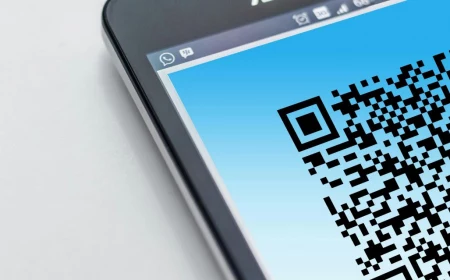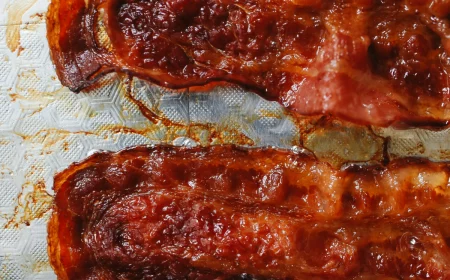Your Backyard Is an Ecosystem in Waiting: Here’s How to Bring It to Life
Believe it or not, I spent the first decade of my career fighting nature. It sounds crazy now, but clients wanted perfect green rectangles of lawn, shrubs lined up like soldiers, and absolutely zero weeds. We spent so much time and money trying to force the local environment to behave. We’d use heavy fertilizers, spray for every little bug, and water on a strict schedule, rain or shine. And for a while, it kind of worked. But the landscapes we were creating were incredibly fragile, like they were on life support, totally dependent on us.
In this article
Thankfully, things have changed. A lot.
The goal isn’t to fight nature anymore; it’s about partnering with it. It’s about creating beautiful, resilient spaces that actually support local wildlife, save water, and, honestly, require a lot less work from us in the long run. This isn’t about letting your yard turn into an overgrown jungle. It’s about making smart, thoughtful choices to build a functioning ecosystem right outside your back door. It’s a change I’ve made in my own yard, and it’s the core of my design philosophy now.

So, this guide is all about sharing the practical, hands-on lessons I’ve picked up along the way. We’re going to get into the real work of turning a standard, boring backyard into a place that’s healthier for everyone.
That Perfect Green Lawn? It’s Kind of a Problem.
Let’s be real, the classic American lawn is a monoculture—it’s just one or two types of grass. This lack of diversity makes it a magnet for pests and diseases, which is exactly why it needs so much chemical intervention to stay green. It’s the single biggest irrigated “crop” in the country, and it provides almost nothing for the local ecosystem.
The problems start in the soil. We tend to water lawns lightly and often, which encourages shallow, needy roots that can’t handle even a short dry spell. Over time, foot traffic and heavy mowers compact the soil, squeezing out the tiny pockets of air and water. When a heavy rain comes, the water has nowhere to go. It just sheets off the surface, carrying all those fertilizers and pesticides straight into the storm drains and our local waterways.
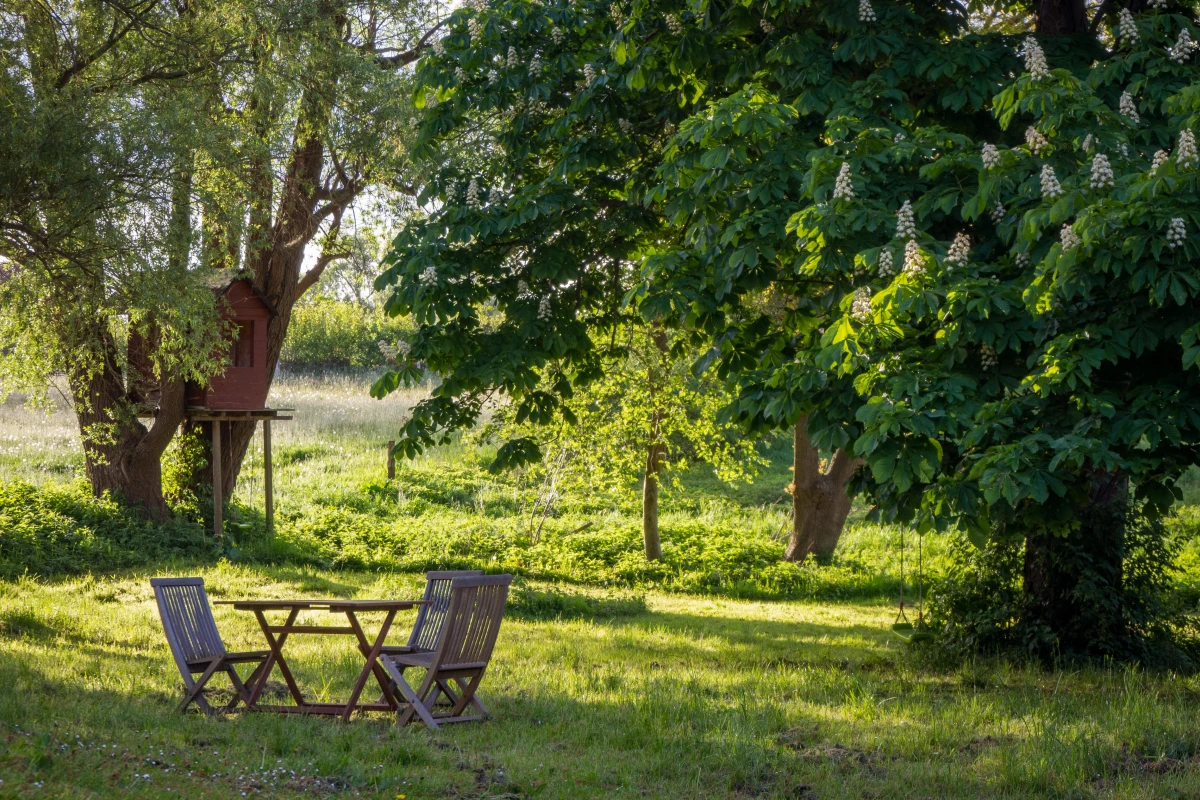
Those chemicals, especially nitrogen and phosphorus, are a huge issue. They cause massive algae blooms that suck all the oxygen out of the water, creating dead zones where fish and other critters can’t survive. When you understand this, you start to see why shrinking your lawn is one of the most impactful things you can do.
Getting Rid of the Grass (The Smart Way)
So, you’re ready to ditch some of that lawn. Great! You’ve got a few options. For years, people just rented a sod cutter, which slices the turf right off. It’s fast, but you’re literally scraping off and throwing away your valuable topsoil and all the organic matter in it. I almost never recommend this anymore.
My go-to method is sheet mulching, sometimes called lasagna composting. It’s a slower process, but it builds incredible soil right where you need it. And it’s a fantastic DIY project—no special skills needed, just a bit of muscle.

Here’s the rundown:
- Knock it Down: Mow the grass as short as you possibly can. Just leave the clippings where they fall.
- Feed the Soil: If you have it, spread a thin layer (about an inch) of compost or manure. This gives the soil microbes a nitrogen boost to kickstart decomposition.
- Block the Light: This is the key step. Lay down plain brown cardboard, overlapping the edges by at least six to eight inches. You want to create a solid light-blocking barrier so the grass underneath can’t find a path to the sun. Heads up! Make sure to remove all plastic tape and labels first.
- Pile on the Carbon: Now, add a thick layer (a good 4-6 inches) of what we call “browns”—shredded fall leaves, wood chips, or straw work perfectly.
- Top it Off: Finish with a 2-3 inch layer of good-quality compost or topsoil. This is your planting layer.
The best part? You can plant larger perennials or shrubs directly into that top layer right away. The whole layered system will slowly decompose over the next 3 to 6 months, turning your old lawn into deep, rich, living soil. And the cost? It can be nearly free if you source cardboard from appliance stores and use your own leaves. If you have to buy compost and mulch, you might spend $50-$150 to cover a decent-sized area.

Smarter Lawn Alternatives
You don’t have to go all-or-nothing. A great strategy is to just widen your existing garden beds by a couple of feet each year. Replace that grass with something better!
For a sunny spot that still gets some foot traffic, a mix of White Dutch Clover and low-growing sedums is a great choice. The clover actually pulls nitrogen from the air and feeds the soil. For shadier spots, look into native sedges or wild ginger. And for a full-sun, low-water area, why not create a mini-meadow with something like Little Bluestem grass and Purple Coneflower? They are tough as nails and look amazing.
Let’s Talk About Water: Working Smarter, Not Harder
Water is everything. A water-wise yard isn’t just about planting cacti; it’s about smartly managing every single drop that lands on your property.
Think about a typical sprinkler system. On a hot, breezy day, up to half the water can evaporate before it even hits the ground. That’s a huge waste. The goal is to get water slowly and directly to the plant’s roots. This is where drip irrigation is a game-changer. It’s a network of tubes that
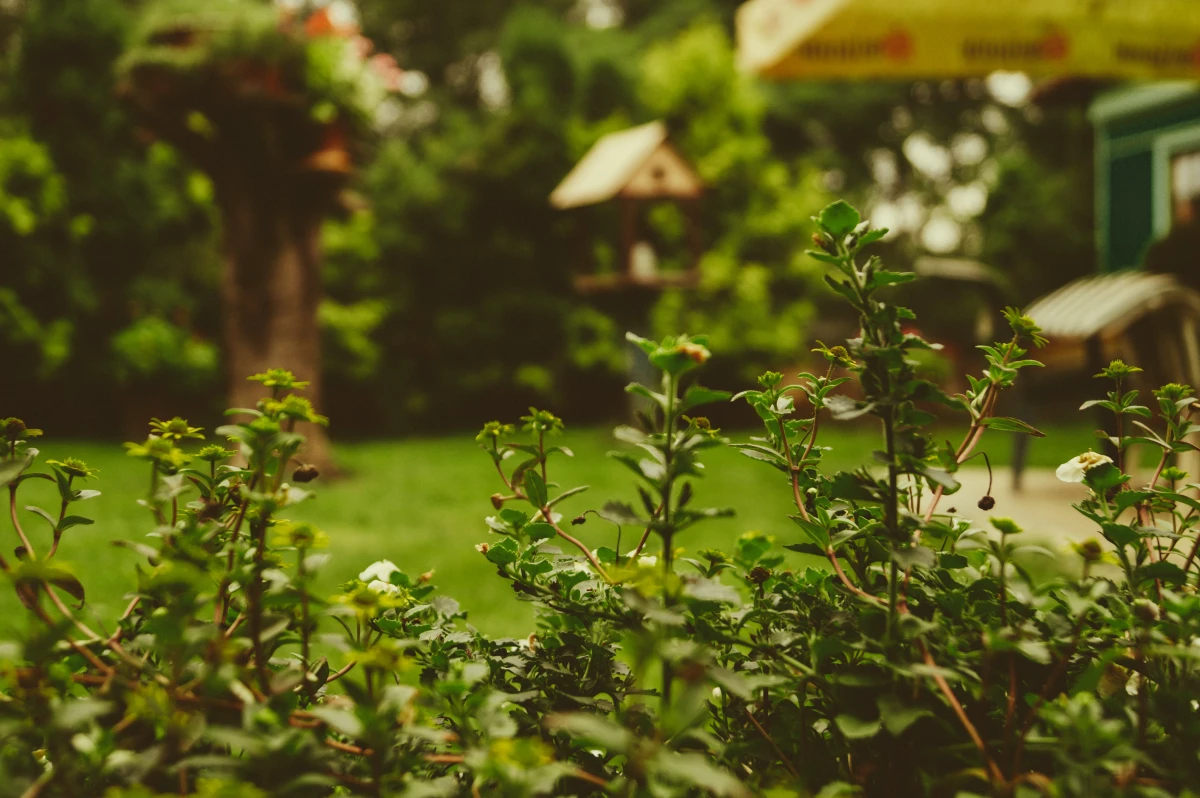
Inspiration:
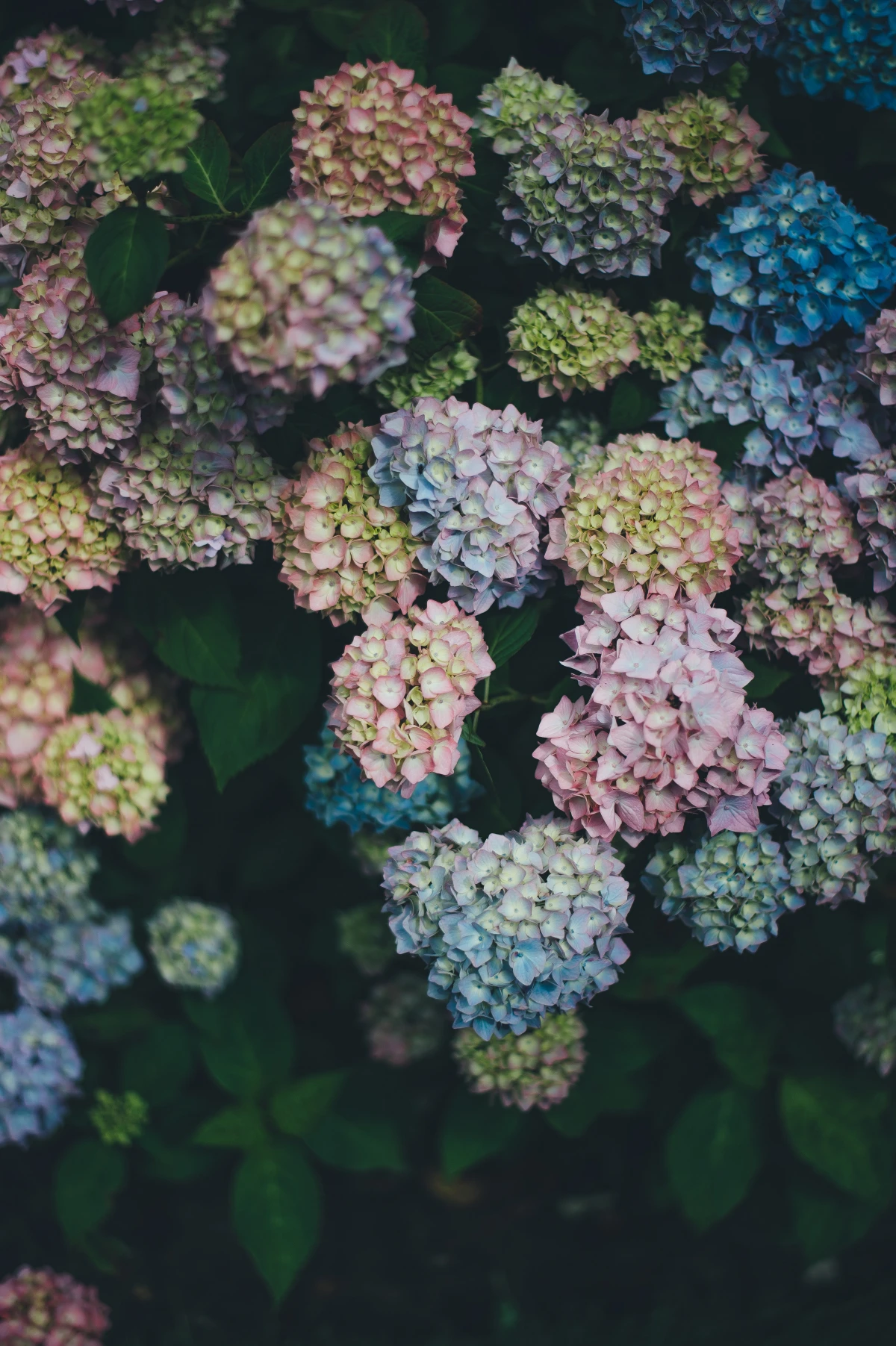
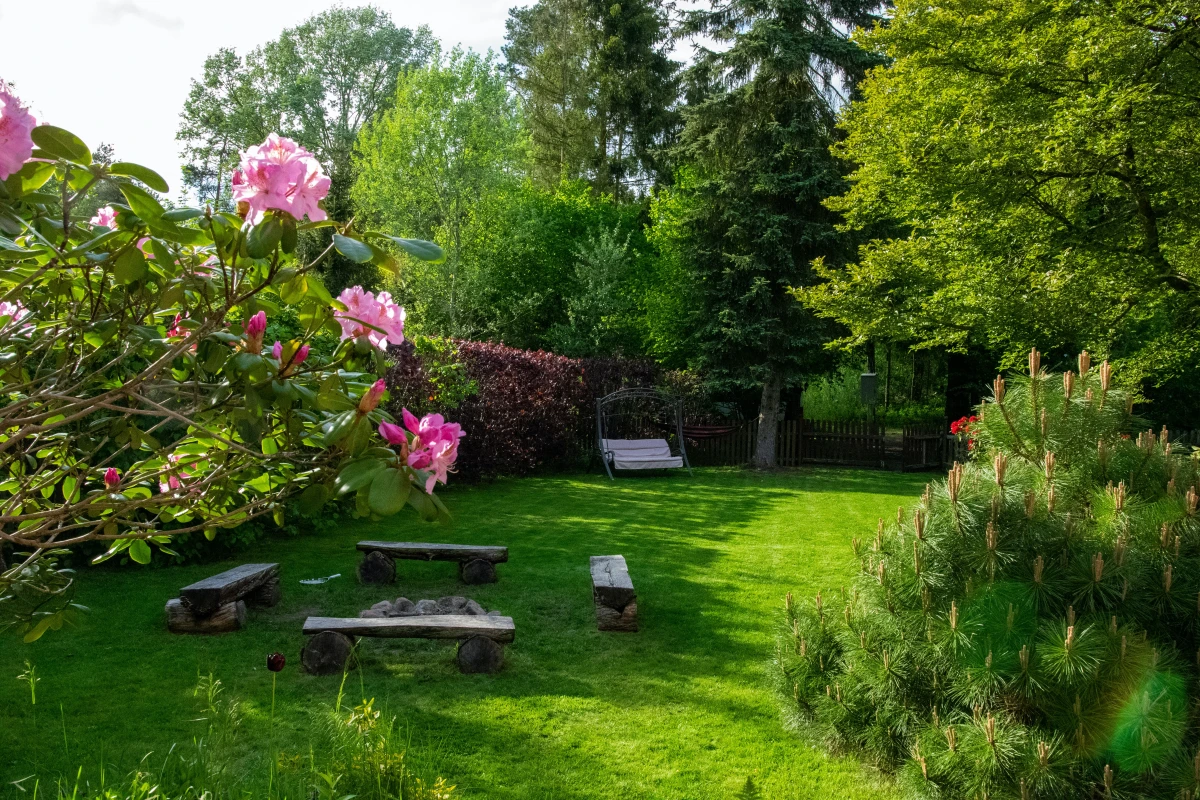
One-third of the food we eat depends on the work of pollinators like bees.
Turning a corner of your yard into a pollinator buffet is simpler than you think. You don’t need a huge meadow; even a small patch makes a difference. Focus on native perennials that bloom at different times to provide a season-long food source. Plants like Echinacea (Coneflower), Monarda (Bee Balm), and Asclepias (Milkweed) are powerhouse choices that are both beautiful and incredibly beneficial for local bee and butterfly populations.
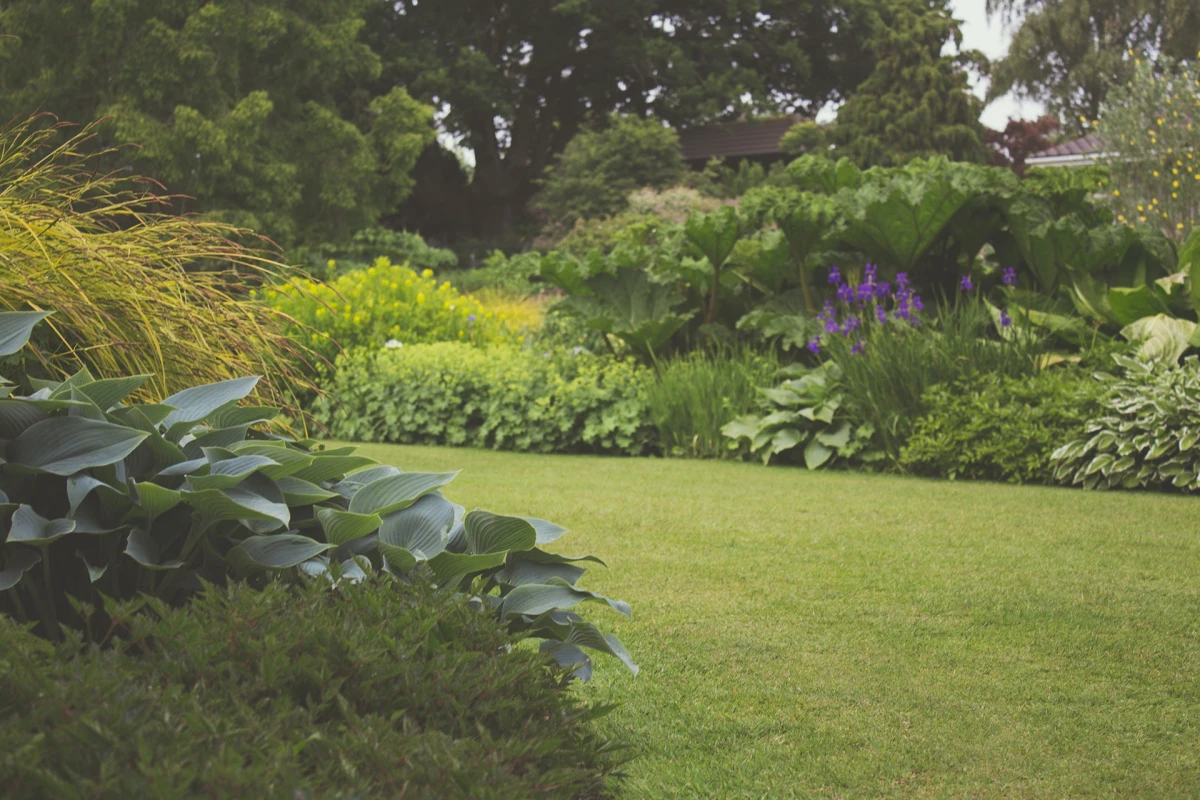
What if you could water less and get healthier soil?
It’s possible with a simple switch in your watering habits. Instead of frequent, shallow watering that encourages weak roots, aim for a deep soak once a week. This trains your plants’ roots to grow deeper into the soil in search of moisture, making them far more resilient during dry spells. A simple rain gauge can help you track if you’ve delivered the recommended one inch of water. Your lawn and garden beds will become less dependent on the hose and better prepared for heatwaves.
Ready to shrink your lawn without sacrificing the green? Consider these popular, eco-friendly alternatives.
- White Clover (Trifolium repens): Naturally fixes nitrogen in the soil (goodbye, fertilizer!), stays green during droughts, and its flowers are a favorite for honeybees. It’s tough enough to handle light foot traffic.
- Creeping Thyme (Thymus serpyllum): Perfect for sunny, dry areas. It forms a dense, fragrant mat that blooms beautifully and is extremely drought-tolerant once established. It’s a fantastic choice for paths or rocky spots.
The secret is choosing a groundcover that matches your yard’s light and moisture conditions for a truly low-maintenance upgrade.



